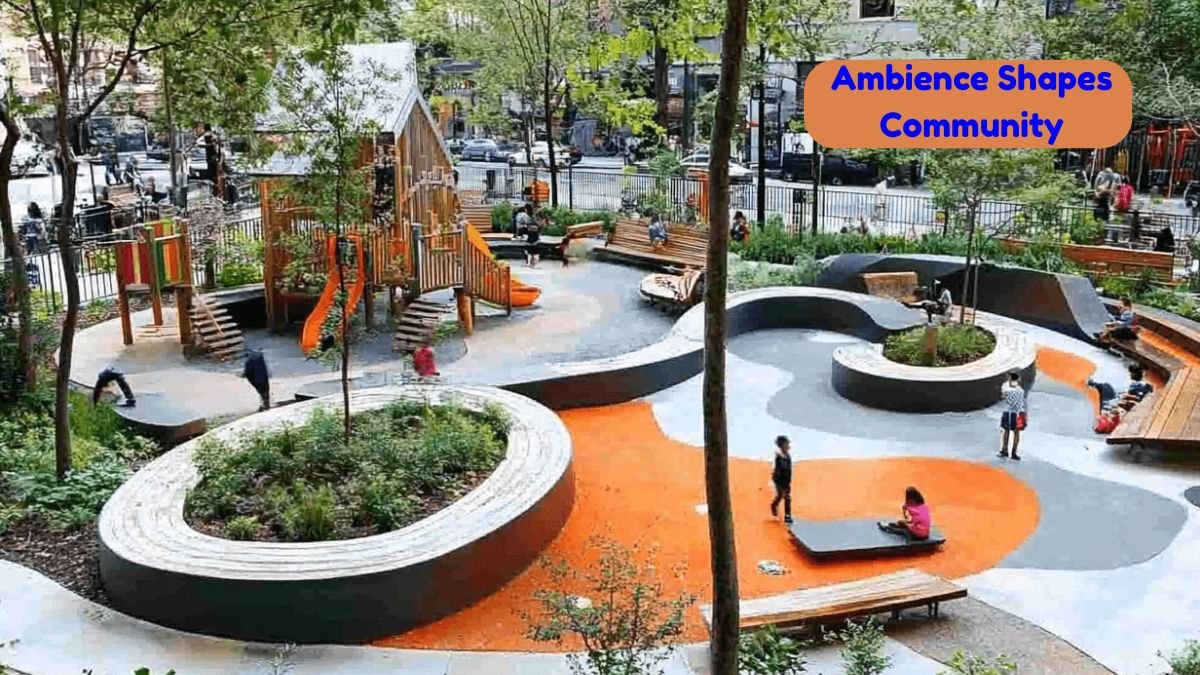The Power of Public Spaces: How Ambience Shapes Community Interaction. In the hustle and bustle of urban life, if there are some places that provide a sense of peace, belonging and connection, then they are parks and public spaces. These are not just green spaces, but they also create a social framework where people connect with each other, cultural exchange takes place and a sense of belonging develops in communities.
The important role of community engagement in parks and public spaces
This was the main topic of discussion in the second online program “The Way We Live: Parks, People and Public Spaces” of the “Parks for the Planet Forum” 2021. This discussion was centered on how an inclusive and equitable urban design can bring positive change in the lives of city dwellers.
This conference highlights some key points that are extremely important in future planning and designing of public spaces:
The need for community-based design
When parks and public spaces are planned only under governmental or administrative thinking, it often does not match the needs of the users. For example, in Santiago de los Caballeros, Dominican Republic, a busy square was transformed into a green space, but locals were reluctant to go there. When we looked at the roots, we found that the real soul of the place was two coffee vendors.
When the administration consulted with locals and redesigned the area, including the vendors, the area was restored. This example proves that the involvement of the local community and an understanding of their needs are essential to make any public space successful.
Flexible planning—design that adapts to time
Urban design must now be designed to suit changing needs over time. Traditional plans often ignore future uncertainties—such as population growth, climate change, or social change. In such a situation, the example of HafenCity, Hamburg, Germany, is noteworthy. This coastal area has been redeveloped in such a way that it will continue to meet the changing needs of the community for the next 30 years.
By adopting adaptive planning, we can make our public spaces relevant not just for today, but also for tomorrow.
Reconnecting with natural spaces – a path to mental and emotional well-being
The more we are away from nature today, the more we feel mental stress and social isolation. In such a situation, parks and green spaces are not only a means of environmental protection, but can also become a means of emotional connection and mental peace.
In Bogota, Colombia, an organization called OpEPA (Organization for Environmental Education and Protection) is working to connect children with green spaces in their urban environment. This initiative helps children understand the importance of nature, care for it and establish an emotional connection with it.
When these children are connected to greenery, they start seeing nature not just as trees and plants, but as a place of dialogue – where people from different backgrounds meet, talk and start new social relationships by erasing their differences.
Public spaces: Catalysts of social harmony
Parks and public spaces are one of those wonderful places where people from all social, economic or ethnic backgrounds come together equally. No matter one’s status, income or position. The space is open to all and this is what turns it into a true democratic platform.
A platform where children can play, the elderly can stroll, the youth can do yoga or music, and vendors can earn their livelihood. These spaces provide the human touch in urban life that is most needed today.
Foundation of solidarity and relationships
Community involvement in the design and use of public spaces not only creates a good park, but it also lays the foundation of social relationships, trust and mutual cooperation. When a person considers a public space as his own, he also feels it his duty to take care of it.
If this feeling is kept at the center during urban development, then cities will not only become beautiful but also socially strong.
Conclusion
Parks and public spaces have become a social, psychological and environmental need of the times. It is not enough to just create greenery or modern infrastructure. Real success will come when these spaces are planned by listening to the local community, understanding their values and sentiments, and making them adaptable with time.
Only when every citizen of the city feels that this park is “his own”, will we be able to create a truly empowered, inclusive and connected society.
